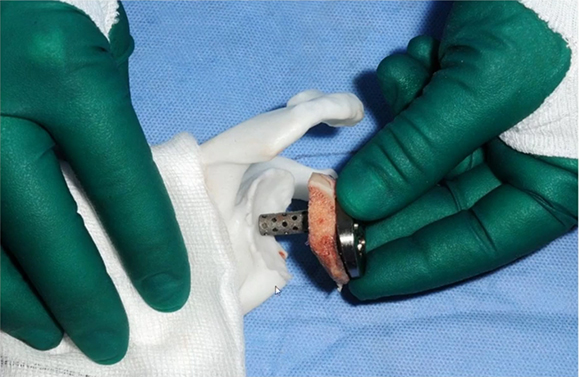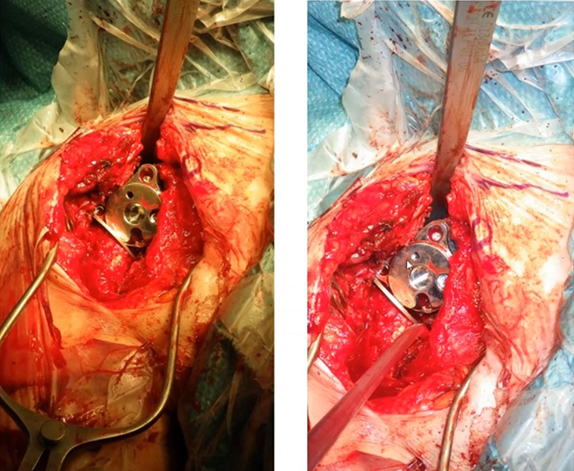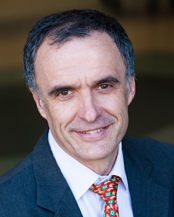How 3D Pre-Op Planning and Printing Can Help with the Difficult Glenoid
by Mr. Inigo Guisasola, MD, PhD, DMS
Consultant Shoulder and Elbow Surgeon, the Royal Liverpool and Broadgreen University Hospitals, UK
Dr. Guisasola explains how the collaboration started and how his hospital and radiology department now works with Materialise for the initial glenoid assessments.
He tells us when the hospital uses 3D Printing, illustrating this with examples and then elaborating how he uses 3D models with two specific cases.
Afterwards he comments on the pre-operative 3D plans and analysis that he did working with Materialise to prepare for a shoulder implant surgery for a patient with a big defect.
He concludes the webinar by saying that 3D Printing is a helpful tool for pre-operative assessment. According to the presenter, it should be a part of your build up work. It helps the surgeon to make a decision between graft-glenoid supplements or custom-made implants.
What you’ll learn in this webinar
- How 3D Printing fits into the practice at the hospital
- The five benefits of 3D Printing in glenoid surgeries according to Dr. Guisasola
- Why using 3D-printed models helps preparing for surgery
- How Dr. Guisasola prepared for a complex surgery with the help of a clinical engineer and what the results were
- His recommendations on using 3D Printing as part of the build-up before surgery and during surgery


Mr. Inigo Guisasola obtained his medical degree from Navarra University in Spain. His orthopedic postgraduate training was then undertaken in Madrid (Spain). He now is a Consultant Orthopedic Surgeon at Royal Liverpool and Broadgreen University Hospital Trust specializing in Shoulder and Elbow Surgery and a member of BESS (British Society of Shoulder and Elbow Surgery Society). He has a particular interest in keyhole surgery for shoulder and elbow conditions, as well as reconstructive and replacement surgery of the shoulder and the elbow.
Dr. Guisasola got in touch with Materialise in 2014 when he was looking for a way to treat some serious glenoid defects.
This content is intended for Health Care Professionals only.

